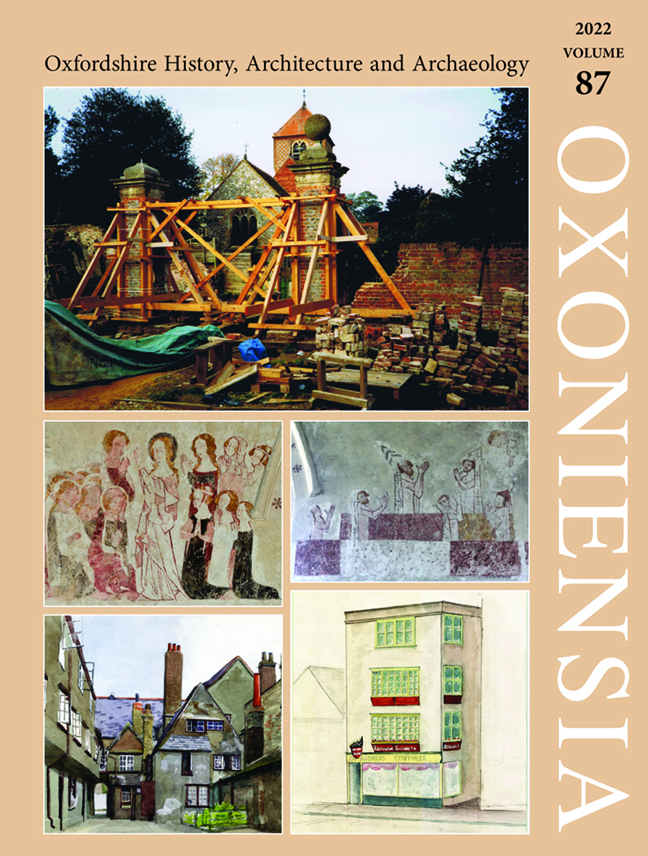Michael Fulford, Silchester Revealed: The Iron Age and Roman Town of Calleva
Published online by Cambridge University Press: 17 February 2024
Summary
Michael Fulford of Reading University has made a major contribution to the study of Romano- British towns through his long-term excavations at the former Calleva in Silchester parish (Hants.) – his resulting publications currently occupy over 25 cm of shelf space. The last overview of Roman Silchester, which drew primarily on the excavation campaign funded by the Society of Antiquaries at the turn of the nineteenth and twentieth centuries (resulting in the town plan familiar today), was George Boon's revised Silchester: The Roman Town of Calleva, published in 1974. That also happened to be the year in which Fulford started work there. In view of the extent and scale of subsequent work by Fulford and his colleagues, a new general account is very welcome, but its limitations need to be recognised.
The focus of Silchester Revealed is very much on post-1974 excavations, particularly of Insula IX. An opening chapter briefly reviews earlier work before outlining the key decisions that have informed the nature and location of Fulford's work. Developments in archaeological techniques are also highlighted, notably the availability of geophysical surveying which has added enormously to understanding of the town (see Oxoniensia, vol. 83, 2018, p. 267). Subsequent chapters follow a chronological sequence. The developmental stages identified by Fulford are: late Iron Age; the Conquest period and beyond; the later first and early second centuries; the second century (‘Calleva at its Peak’), the third century (‘Calleva Defended’); late Roman Calleva; and ‘The End’. Throughout, interpretations based on the fully excavated sequence of buildings and related features in the north-east quarter of Insula IX are fundamental. However, the total excavated sample remains small (p. 199).
Key aspects of Fulford's new account of Silchester can only be touched on briefly. The late Iron Age settlement may have originated c.20–10 BC (p. 33). It had a rudimentary grid pattern of lanes aligned roughly north-west to south-east and north-east to south-west. Contemporaneous structures in Insula IX included a huge ‘hall’, 47.5 m long, lying perpendicular to the best-defined north-west to south-east trackway.
- Type
- Chapter
- Information
- Oxoniensia , pp. 473 - 474Publisher: Boydell & BrewerPrint publication year: 2022



